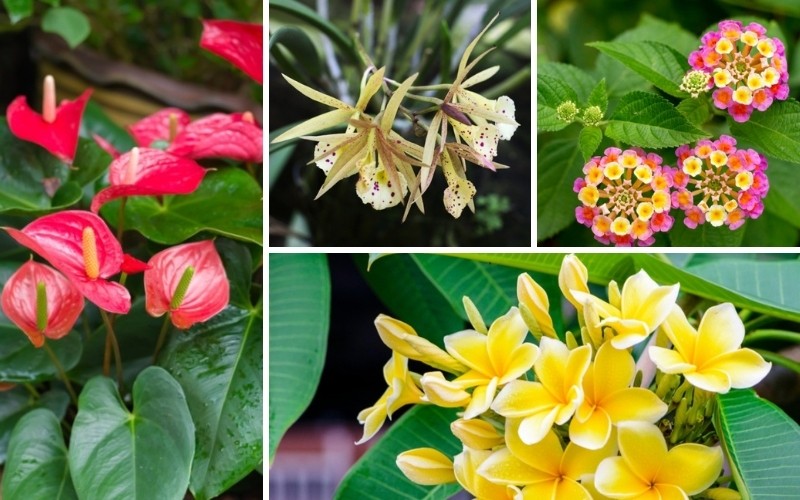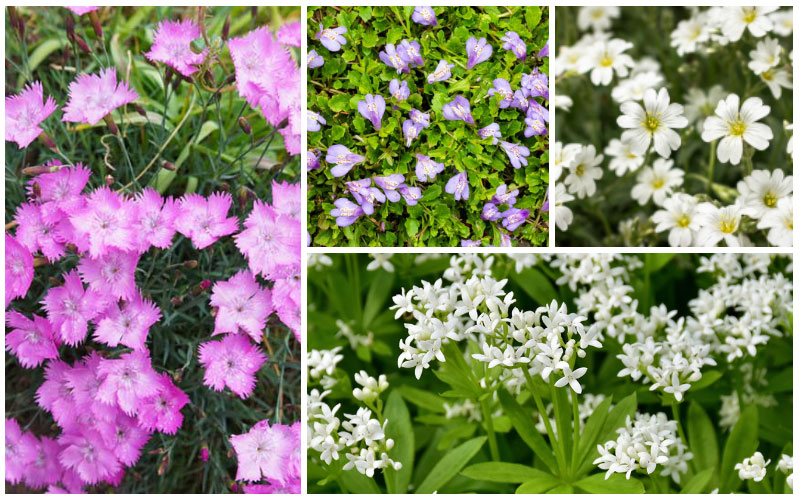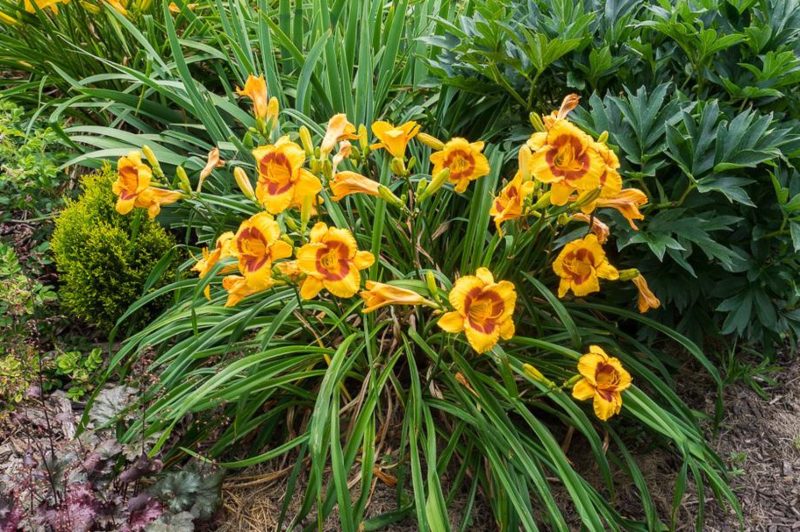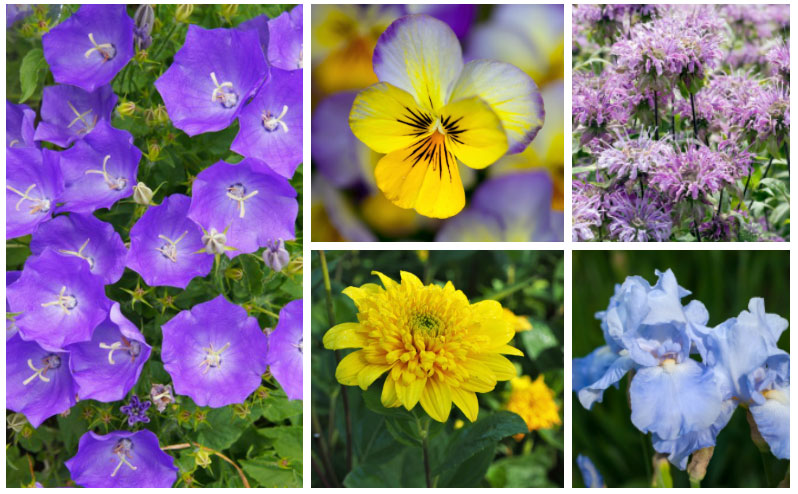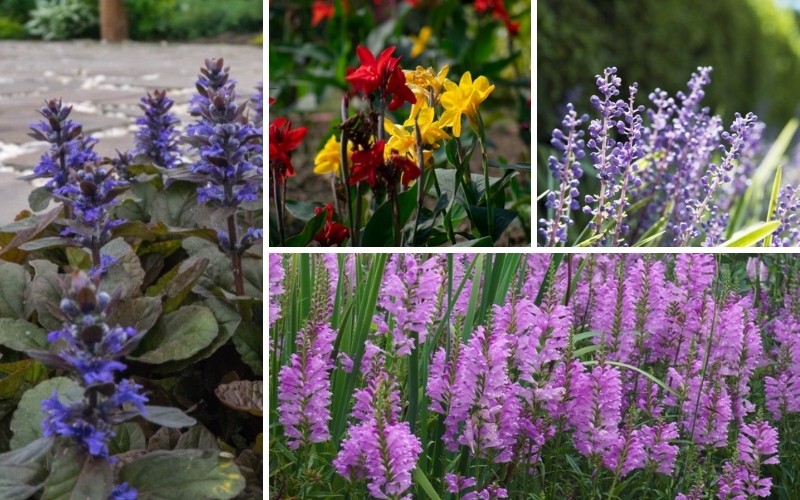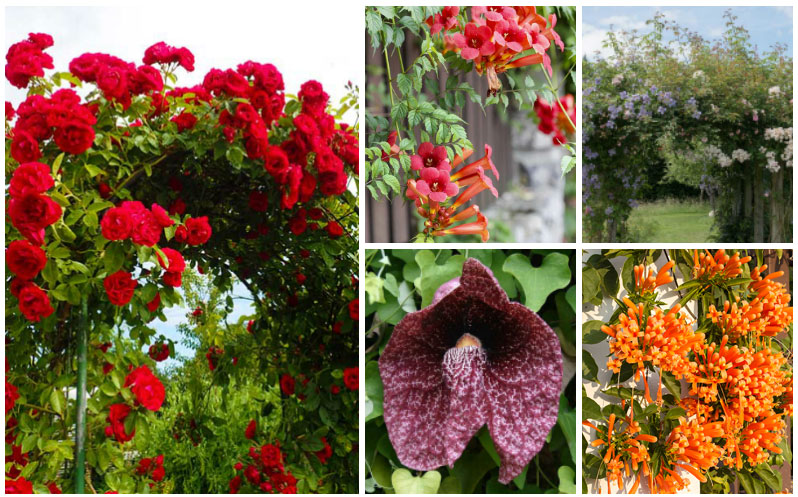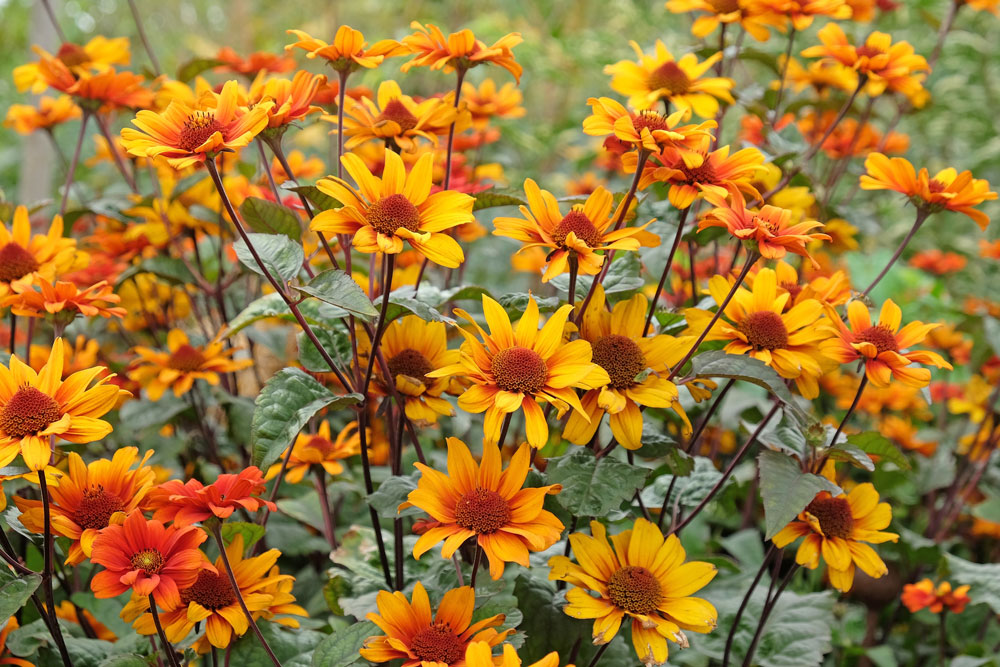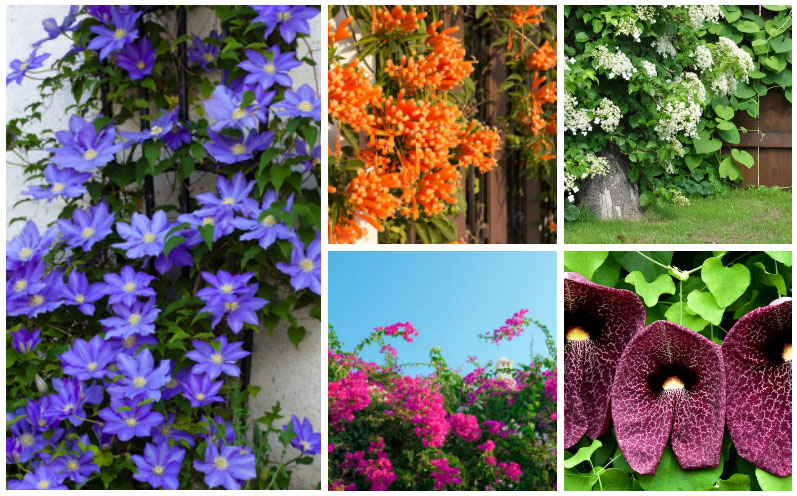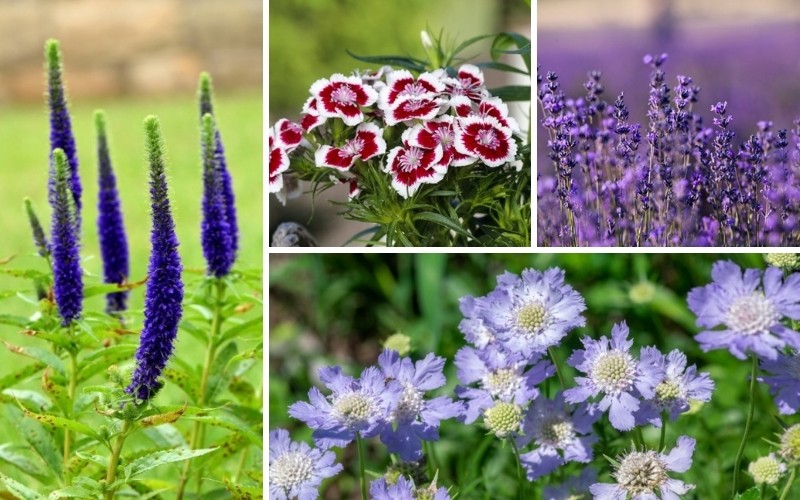
If you are gardening in Idaho, you already know that what grows successfully in one part of the state may not thrive in another. Idaho covers five USDA planting zones: 3b through 7b. Knowing your growing zone and choosing perennials hardy in that zone is vital to establishing a perennial bed. Consider these recommendations for perennials for Idaho gardens.
Aster (Symphyotrichum novae-angliae)

This aster, commonly called the New England Aster grows successfully in many parts of the U.S. including Idaho. It produces masses of frilly-daisy like blooms in mi-summer to fall. It prefers rich, moist soil and full sun. Flowers range in color from lavender and pink to dark purple with showy yellow centers. They are a magnet for bees and butterflies and are hardy in USDA plant hardiness zones 4 through 8.
Cranesbill (Geranium spp.)
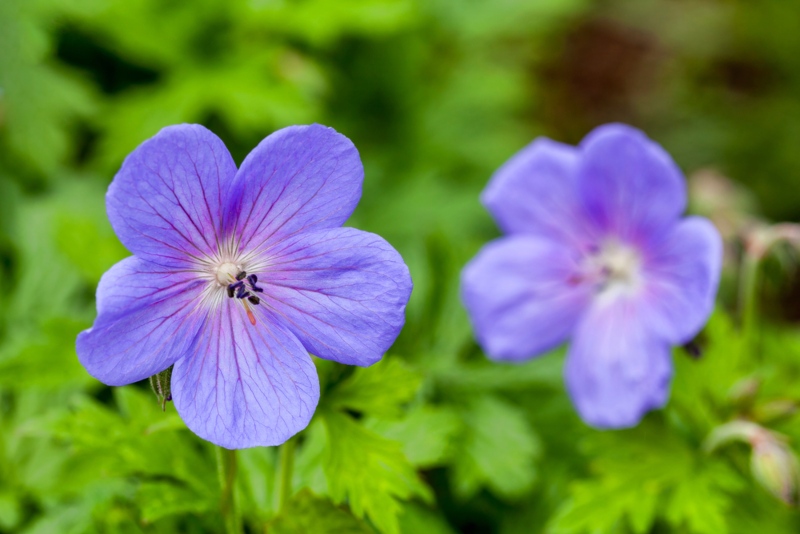
This hardy geranium lives as a perennial in USDA plant hardiness zones 3 through 9. It produces small pink flowers held above green, frilly foliage in late spring to summer and grows to heights of 8 to 12 inches, depending on the cultivar. It prefers full sun but will grow in partial shade. Plant hardy geraniums in soil rich in organic matter with good drainage.
Blanket Flower (Gaillardia grandiflora)
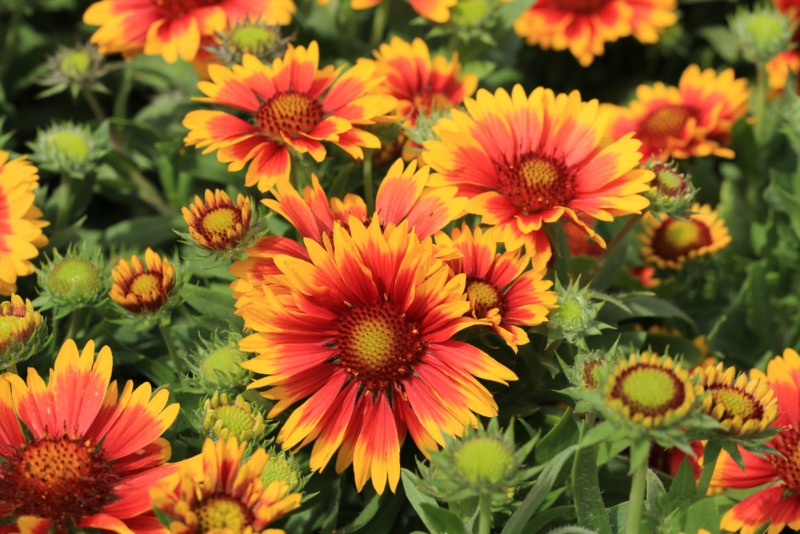
Blanket flowers add fiery color to the landscape with their variegated yellow, orange or red blooms with contrasting centers. They prefer full sun and organic moist soil, but they will grow in drier soil. They reach heights of 2 to 3 feet with a 2-foot spread and bloom from early summer until fall. Blanket flowers are hardy in USDA plant hardiness zones 3 through 10.
Potentilla (Potentilla verna)
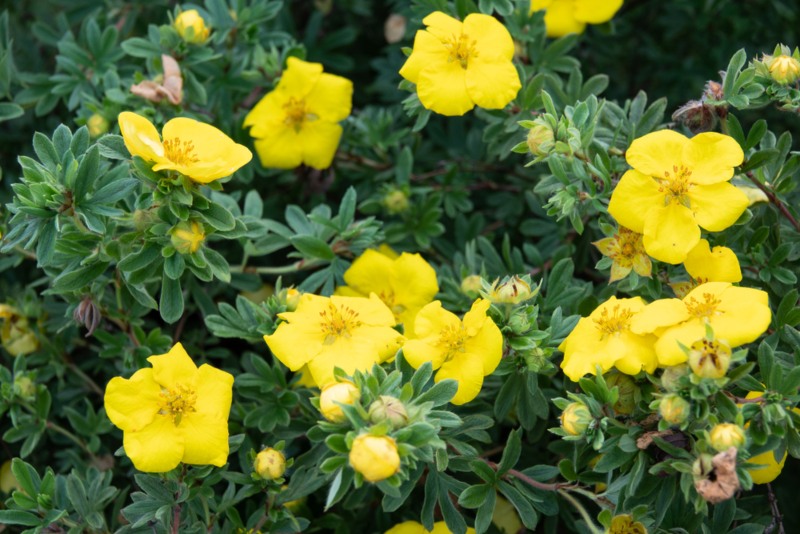
Often referred to with the common name cinquefoil, this perennial thrives in full to partial sun in USDA plant hardiness zones 4 through 8. It reaches heights of 6 inches with a 12-inch spread. Plant potentilla in sandy or loamy soil that drains well. Potentilla makes an excellent ground cover. Its showy yellow blooms brighten any area.
Russian Sage (Perovskia atriplicifolia)
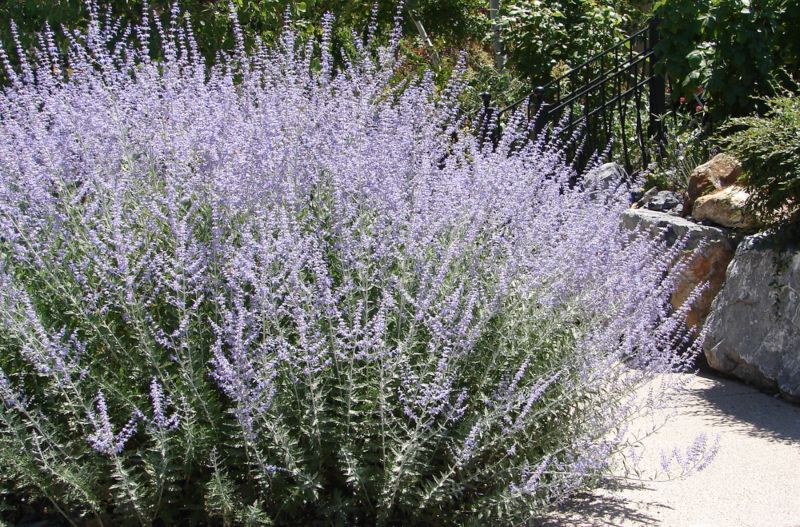
Russian Sage is a delightful plant that resembles lavender. Foliage is grey-green and slightly furry, contrasting nicely with its spires of tiny lavender blooms. Russian Sage prefers full sun but isn’t fussy about the soil it grows in as long as it drains well. It reaches heights of 3 to 5 feet with a spread of 2 to 4 feet. Bloom time lasts from summer to well into the fall. Russian sage is hardy in USDA plant hardiness zones 5 through 9.
Yarrow (Achillea spp.)

This herbaceous perennial produces flatten disc-shaped flower heads that contain a cluster of tiny blooms atop sturdy fern-like stems. Colors range from white and yellow to pink and red with several bicolors too, depending on the cultivar. Plant yarrow in full sun in sandy, well-drained soil. Yarrow reaches heights of 2 to 4 feet tall with a spread of 2 to 3 feet. Yarrow is hardy in USDA plant hardiness zones 3 through 9.
Spike Speedwell (Veronica ‘spike’)
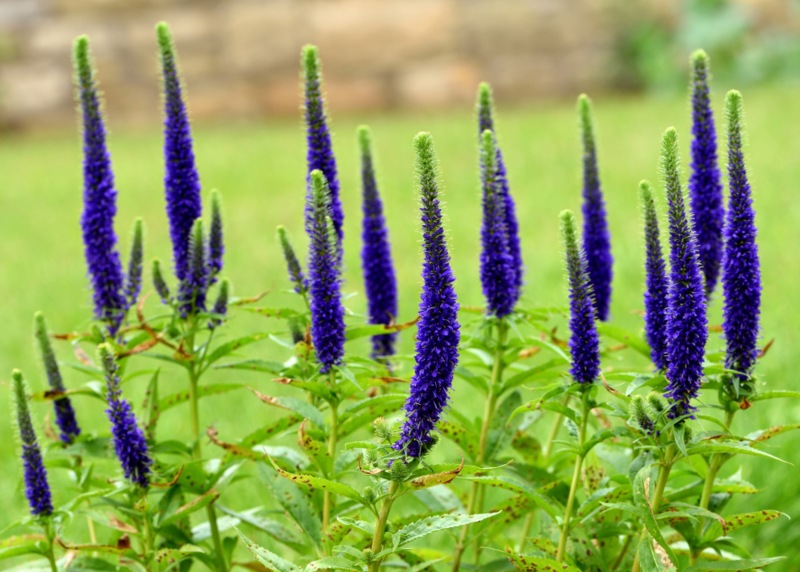
Spike speedwell looks similar to Russian Sage. It grows to heights of 12 to 18 inches and produces 6 to 8 spires of blue-lavender blooms held above a mound of foliage. It prefers full sun and average well-drained soil. It does best with supplemental watering to keep the soil from drying completely. It blooms from late spring to mid to late summer and is hardy in USDA plant hardiness zones 4 to 6.
Shasta Daisy (Leucanthemum × superbum)

Shasta daisies brighten the flower bed with their snow-white petals and cheery yellow centers. These daisies are similar to wild daisies, but the blooms are bigger and brighter, they reach heights of 12 to 18 inches with a spread of 12 inches. They bloom from early summer until the fall. Shasta daisies prefer average soil that drains well but will tolerate dry soil. Plant them in full sun for a showy display of flowers in your flower bed. Shasta daisies are hardy in USDA plant hardiness zones 5 through 9.
Phlox (Phlox paniculata)
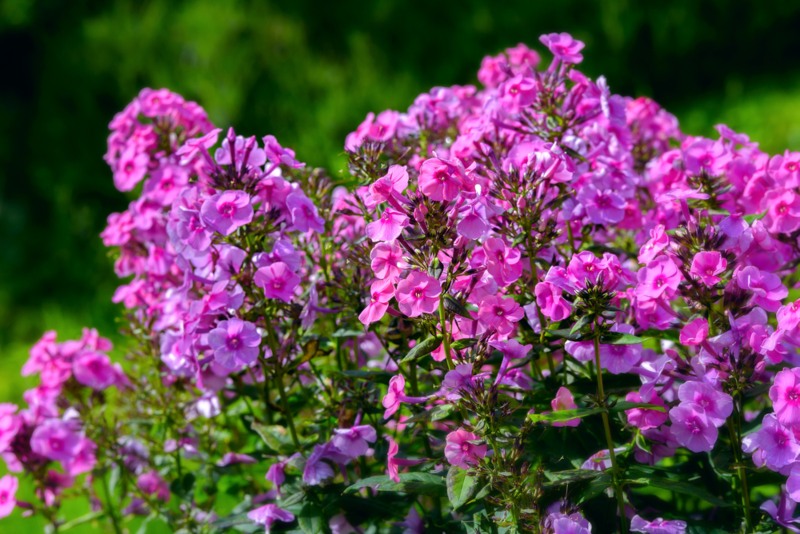
Garden phlox bring bright color and heady fragrance to the garden from early summer to fall. These hardy perennials will return each year in bigger clumps when they are planted in full sun and provided supplemental water during dry spells. They reach heights of 2 to 4 feet with a spread of 2 to 3 feet. Flower heads are conical and made up of clusters of tiny flowers. Color ranges from the traditional white and magenta to many new varieties in shades of pinks, rose or red and even some striking bicolors. They are hardy in USDA plant hardiness zones 4 through 8.
Lavender (Lavendula angustifolia)

Lavender is commonly thought of as an herb, but it is right at home in the perennial bed too. This attractive plant produces mounding blue-green foliage and sends up slender stems to hold its distinct lavender colored blooms. Both the flowers and the foliage are aromatic and attract a host of butterflies and insects. It grows to heights of 2 to 3 feet with an equal spread. Lavender blooms from late spring or early summer well into the fall. It prefers full sun and alkaline soil. It is hardy in USDA plant hardiness zones 5 through 8. Some cultivars are hardy to zone 4.
Sweet William (Dianthus barbatus)
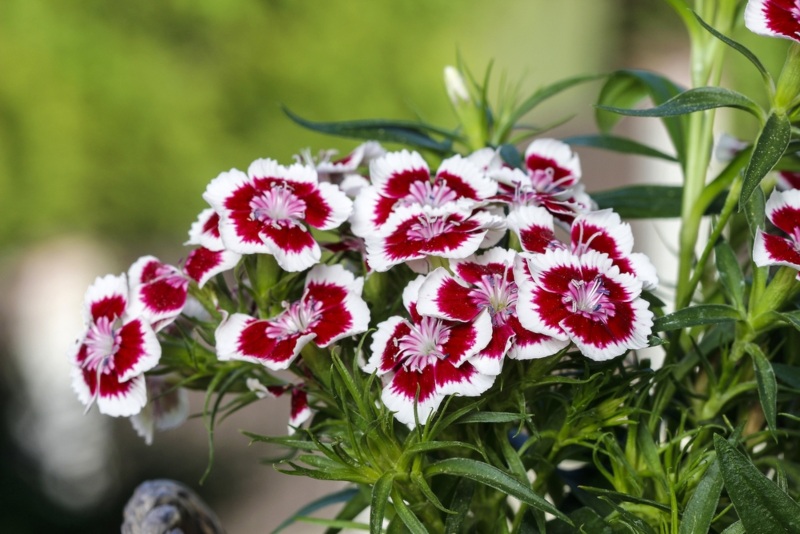
Sweet William produces clusters of tiny flowers on a flattened head above lanced, green foliage. Bloom colors may range from pink or white to gorgeous shades of red with many bicolors available too. Sweet William grows to heights of 1 to 2 feet with a spread of 1 foot. It prefers organic soil that drains well. It prefers full sun with some shade in the afternoon. It thrives in USDA plant hardiness zones 3 through 9.
Pincushion Flower (Scabiosa caucasica)
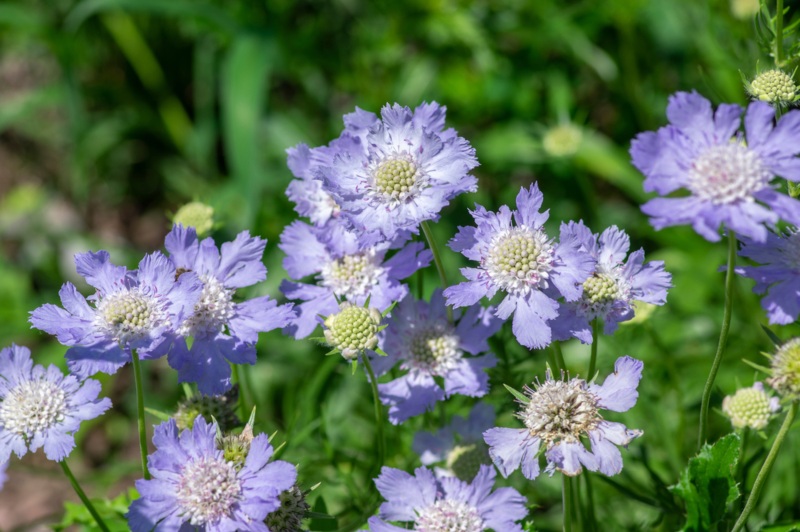
The pincushion flower is a clumping perennial that grows to 18 to 24 inches in height. It produces lavender-blue flowers that measure 2 to 3 inches in diameter. Flowers are daisy like with frilly petals and a distinct center with stamens that resemble pins in a cushion. The lanced grey-green foliage contrasts nicely with the blooms that are held on single stems above the plant. It prefers full sun and neutral soil that drains well. It blooms from early spring until midsummer. It thrives in USDA plant hardiness zones 3 through 7.
Most perennials, including those listed above, are available in many cultivars. Always check that the specific cultivar you are purchasing matches your plant hardiness zone and growing conditions as this can vary between cultivars of the same perennial.





